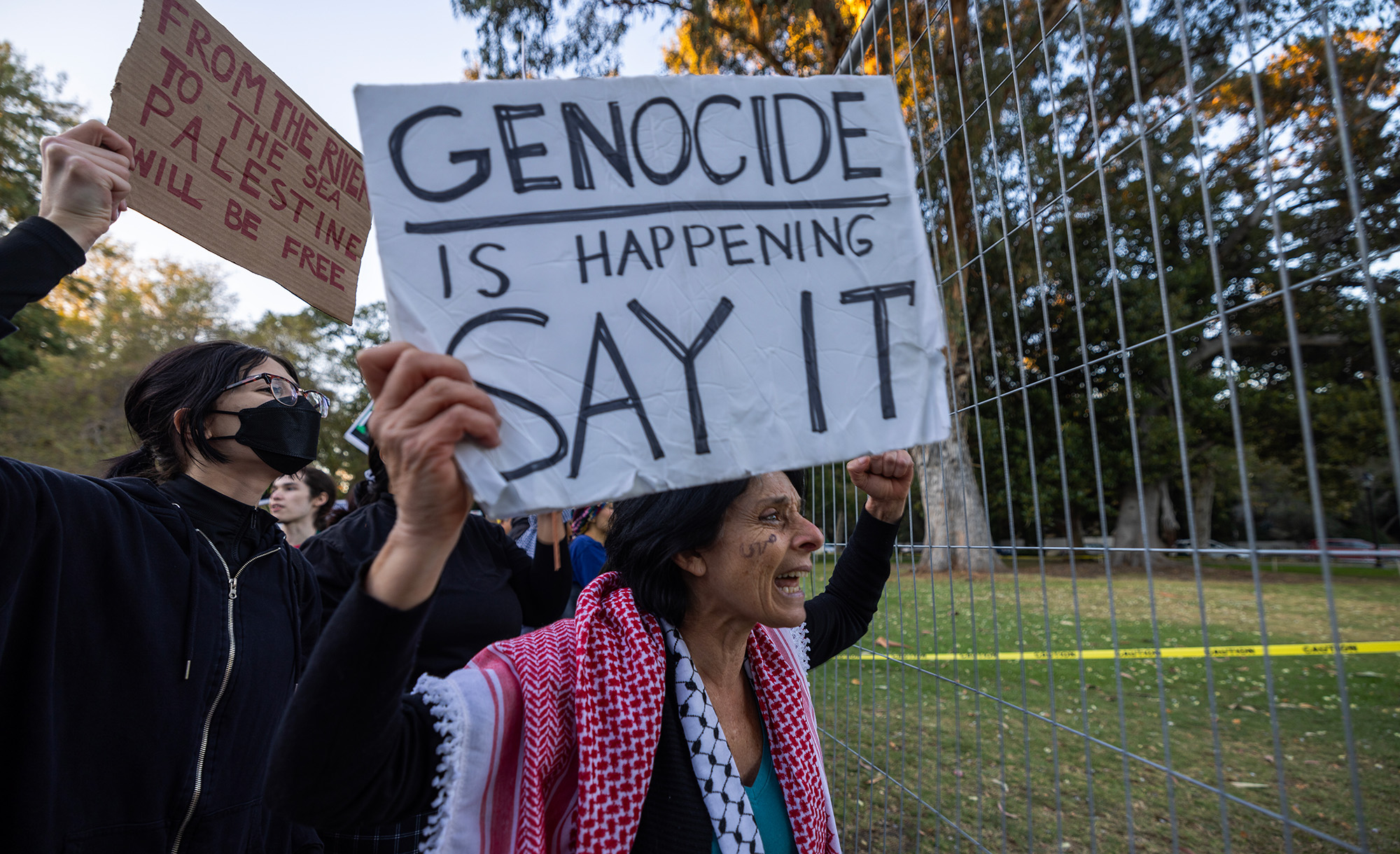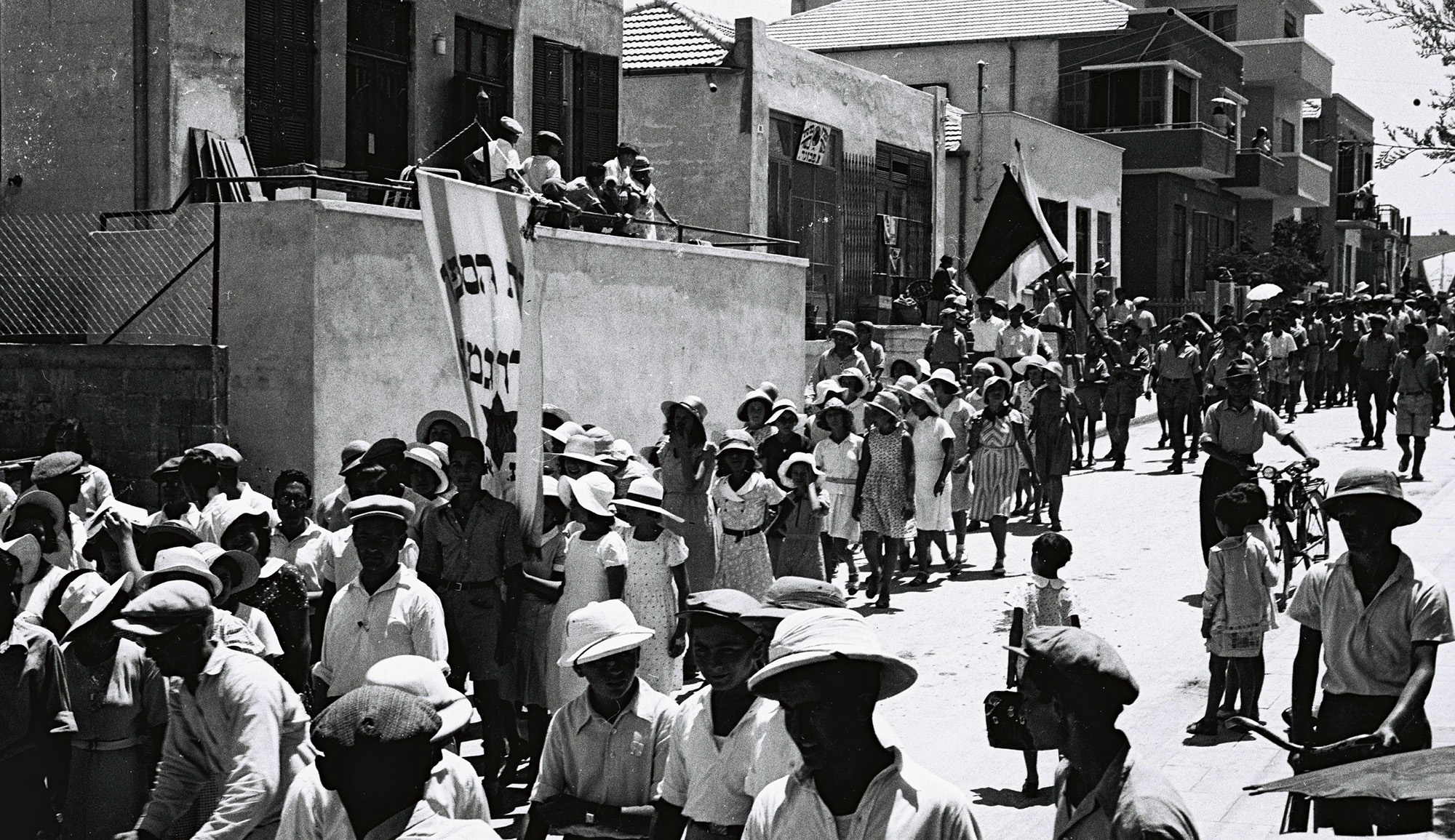Many assume that traditional Jewish notions of charity lead naturally to support for the modern welfare state. Hillel Gershuni begs to differ:
The rationale behind the modern welfare state is often explained in terms of “redistributing the wealth.” This [justification for charity] is absent from [traditional Jewish texts] and even contrary to their purpose. . . . [The biblical passages concerning charity] speak of basic compassion between people. There is a commandment to help the poor out of human concern for your brother—but certainly not [a commandment] to redistribute wealth. . . .
Our ancient texts understood a basic concept that many modern thinkers seem to slip up on: economics is not a zero-sum game, in which the poor must lose so that the rich may gain. To the contrary—the existence of rich people is what allows poorer people to live more comfortably than they would without them. Halakhah expressly prohibits one from giving away too much of his property, ruling that . . . a man may not give more than a fifth of his wealth to charity, lest he himself sink into poverty. Here, too, the understanding is that even the voluntary distribution of wealth is not always a welcome thing, and it needs to be done in measured doses.
More about: Judaism, Religion & Holidays, Social Justice, Tzedakah, Welfare


